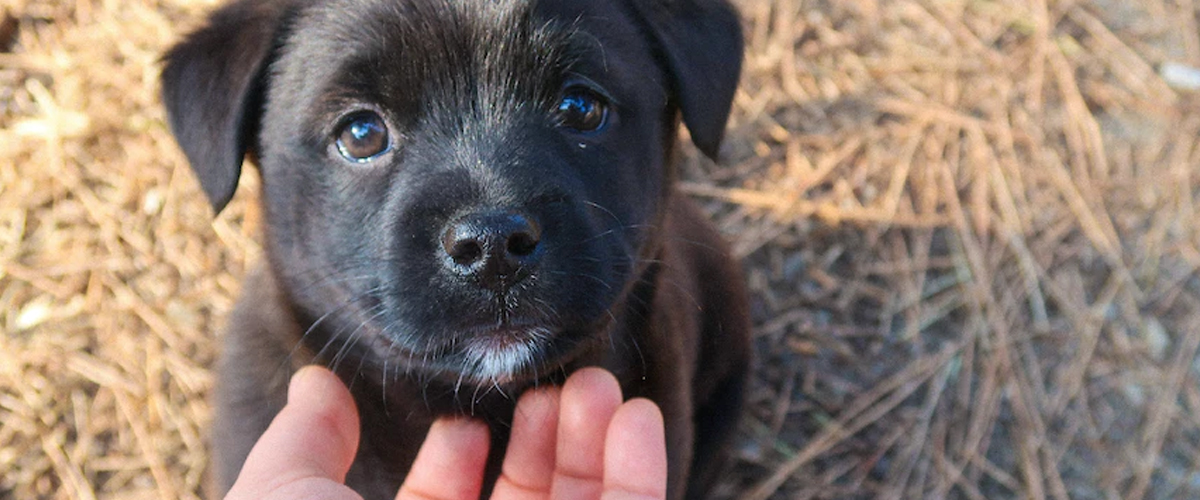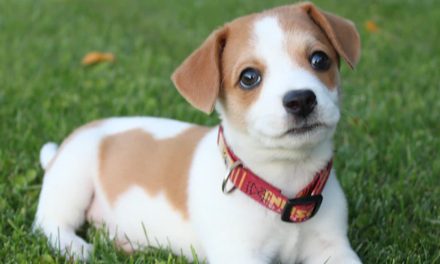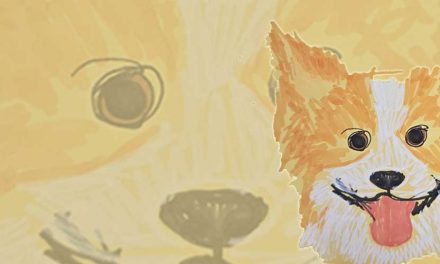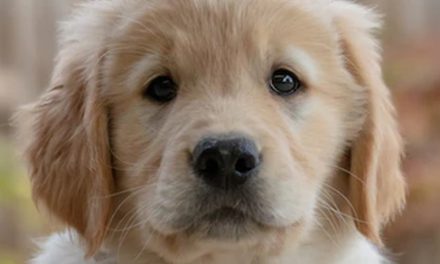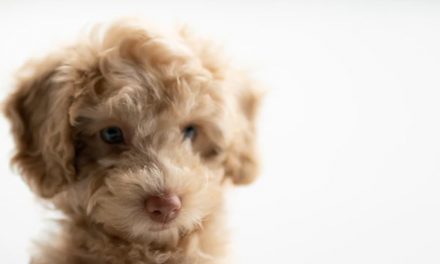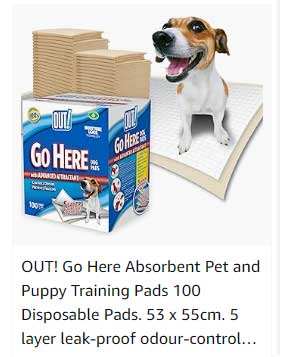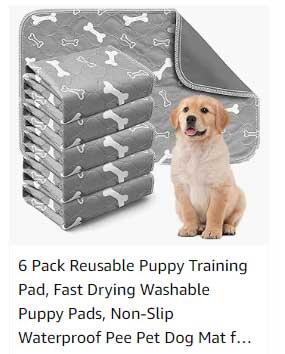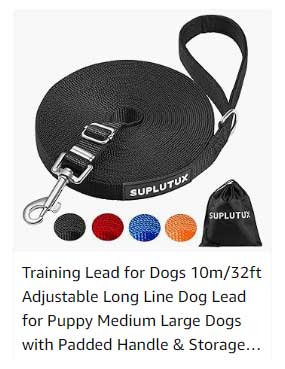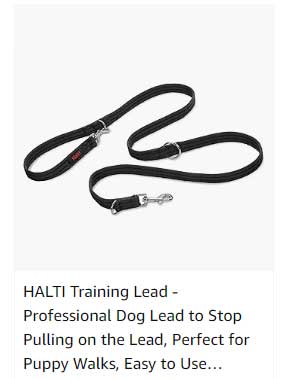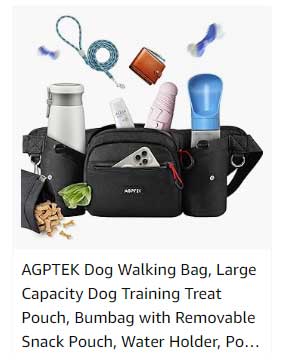Puppy training helps your canine companion to understand boundaries and expectations that he/she must adhere to in your home, around people and other dogs/animals and out and about.
Try to do no more than 30 minutes training per day
With good obedience training you can reduce unwanted behaviours like biting/mouthing/gnawing, jumping up, barking, begging and stealing, plus much more.
REWARD DON’T PUNISH
Positive reinforcement techniques are generally the most effective in teaching dog’s good behaviour, as it reinforces desirable actions rather than punishing undesired ones. These techniques work by rewarding your dog with treats and verbal praise after desired behaviour is exhibited.
The use of positive reinforcement should be your go-to training strategy, as it fosters a trusting relationship between you and your pup while avoiding any negative associations or aggressive behaviours.
Avoid any negative reinforcement training techniques and tools. Tools and devices to avoid include shock and spray collars, just to name a couple. Also avoid raising your voice and verbally telling your dog off. Don’t hit your dog, grab by the collar or scruff of the neck. Don’t pin down your dog. These can get you quick results, however they can harm and set back the bond between you and your dog. and can also increase anxiety and fears in your dog. In addition your dog could express aggression, increase in unwanted behaviours and result in redirected aggression.
WINNING RESULTS
Your training strategy must be consistent, clear and fair in order to gain the most effective results.
With time, care and patience your training will produce a happy, healthy pup with good obedient behaviour.
CLICKER TRAINING
With clicker training you can mark exactly what behaviour you want your canine companion to do via a click sound, and by showing the clicker from a distance.
At first the clicker and the noise won’t mean much to your dog. However, after a few repetitions your best friend will associate the clicker to be rewarding and which comes with a tasty treat.
Clicker training is easy enough to include in your training, for better, more focused results further down the line. Just remember the one second rule.
1 Second apart: Click – Treat
Have the clicker in view, (trust me it gives better results quicker after a few repetitions) but at least a metre distance from your dog’s head. Dog’s ears are very sensitive, so being too close to the click sound could hurt your dog, and also possibly cause anxiety and object fear. With the clicker in place, and the treat between finger and thumb, let the treat touch the lips of your dog and take. Within that second click the clicker. You have now anchored a rewarding experience to the clicker and the sound.
Examples of when to click treat:
COMMANDS
- Sit
- Stay
- Drop
- Leave
- Give
- Come Away
- Come
- Walk
- Side
- Down
- Up
FUN GAMES AND TRICKS
- Circle
- Dance
- Bark
- Tap Dance
- Rollover
- Play Dead
GOOD BEHAVIOR
- Not barking where your dog normally would
- Behaving around people, small wild animals and other dogs
- Takes his/herself off to bed
- Sits quietly
I highly recommend using a clicker in your dog’s training. However like I say to all my clients – if the technique you are doing is slightly difficult, but achievable, then focus on mastering the technique before introducing the clicker. Once mastered and the clicker is introduced, you will find it easier and you will be able to get the rewarding results with your dog.
INTELLIGENT DOGS
When it comes to training a puppy or older dog, it is important to make the training experience fun, exciting and not stressful for your dog.
Remember that your dog can read your facial expressions and body language. So if you are uncomfortable, stressed, concerned or on edge, your dog will see this, and it can also make your dog’s behaviour change. Try to remain calm, enjoy the training experience and make sure that you and your dog are happy.
MORE FOCUSED
As long as your beloved four-legged friend isn’t a grazer and is food focused, then one hour before your dog is ready for his/her meal begin the training. You should find that your dog is more focused and eager to train and learn.

